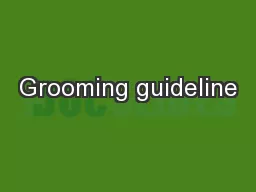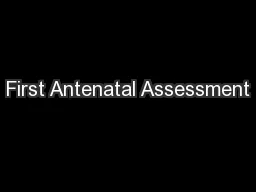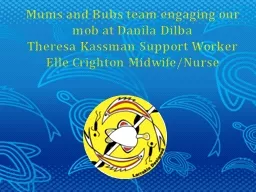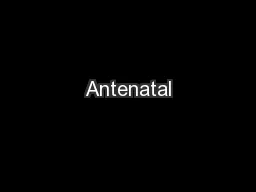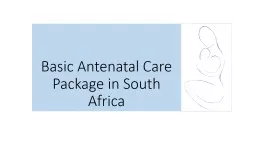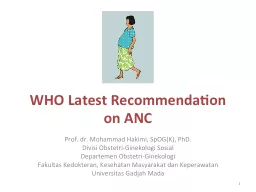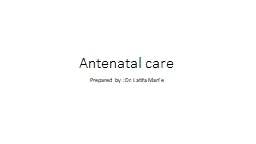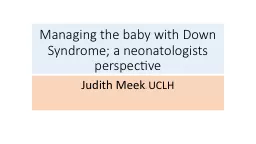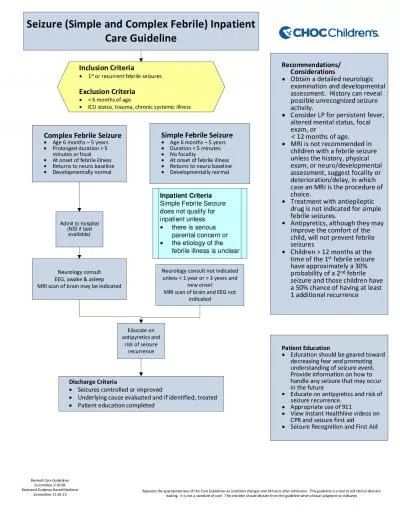PPT-WHO Guideline on Antenatal Care (2016)
Author : sherrill-nordquist | Published Date : 2018-12-26
Overview Reproductive Health and Research RHR Nutrition for Health and Development NHD Maternal Newborn Child and Adolescent Health MCA Geneva Switzerland Outline
Presentation Embed Code
Download Presentation
Download Presentation The PPT/PDF document "WHO Guideline on Antenatal Care (2016)" is the property of its rightful owner. Permission is granted to download and print the materials on this website for personal, non-commercial use only, and to display it on your personal computer provided you do not modify the materials and that you retain all copyright notices contained in the materials. By downloading content from our website, you accept the terms of this agreement.
WHO Guideline on Antenatal Care (2016): Transcript
Download Rules Of Document
"WHO Guideline on Antenatal Care (2016)"The content belongs to its owner. You may download and print it for personal use, without modification, and keep all copyright notices. By downloading, you agree to these terms.
Related Documents


